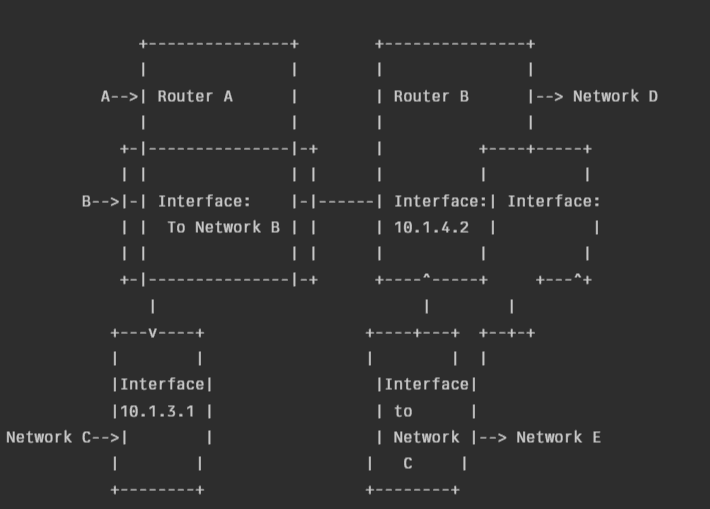Routing tables contain key information that routers use to forward packets towards their destination network. Specifically, entries for remote networks include next hop addresses – the IP address of the interface on the next router that should receive the packet on the path to the final destination.
Understanding how to identify next-hop routes provides insight into how packets traverse multiple router hops to reach intended remote networks.
What are the key components of a routing table entry?
A routing table consists of various entries that map where packets should be forwarded based on the destination IP address. Key components within each entry include the destination network address, the associated subnet mask that defines the range, and optionally a next hop address.
The next hop specifies the next router interface that should receive the packet to get closer to the ultimate destination. Directly connected and local networks do not utilize a next hop because they can be reached directly without traversing another router.
When are next-hop addresses needed?
For remote networks that are multiple router hops away, next-hop addressing enables efficient transit of packets from the source toward the final stop.
When a router receives a packet destined for a remote network, it checks its routing table for the best path. If the entry lists another router’s interface rather than a directly attached network, this specifies the next hop.
The router forwards the packet to that next hop router interface leading towards the destination. Without next hops, routers would lack the information needed to route packets destined for external networks beyond their direct links.
How can you identify routing table entries using next-hop addresses?

Carefully examining routing table entries allows the identification of next-hop routes. Focus on routes leading to remote networks multiple hops away.
If the entry lists the IP address of a different router’s interface rather than its interface directly facing the destination network, then it is utilizing a next-hop address.
- For example, if Router A has a route to Network Z with next hop 10.1.4.2, this specifies Router B’s interface that provides reachability towards Network Z. Checking for router interfaces as next hops provides visibility into forwarding paths that leverage next hop addressing.
Conclusion
In summary, next-hop IP addresses enable critical remote network reachability in routing tables. They designate the next router interface on the path leading towards the ultimate destination network.
Scanning routing entries for remote networks with next router interfaces rather than direct destination interfaces allows you to pinpoint routes relying on next-hop addresses to efficiently steer packets across multiple hops.

